I have a hypothetical question for you. Or, if you’ve been training in martial arts a long time, it may not be hypothetical but an actual situation you’ve had to try and answer. You’ve been training a form (kata, poomse, tul, etc.) for numerous years. Halfway through the form you come across this one technique that has bothered you for quite some time now. Your instructor taught it to you but didn’t explain its use. Just how to perform it. You didn’t ask questions; you may not have even thought to ask a question. You simply focused your efforts into perfecting the movement to make the entire form look presentable for your upcoming rank.
You’ve never figured out the purpose of the technique and it seems a little odd. It’s now your turn to start teaching it to your students. Do you teach your students this technique? Remember, you don’t know it’s purpose. Do you teach it just because it’s in the form or do you remove it as you don’t understand it? What if you one day learn it’s use, and it is meant as a way to disarm a sword from a samurai? Something that would be a highly unlikely scenario in our current era. Do you still teach it?
Many traditional martial artists will tell you that you must not remove the technique and should continue to teach it. The Master who developed the technique and form hundreds of years ago knew better than you, correct? I’ve come across this very question numerous times over the years between the three different martial arts I have trained considerably in. All three arts have provided me with head scratchers. And this has presented me with the hypothetical questions I asked above. Do you continue to teach that technique?
I’ve debated this over the years. At one point in time, I actually did remove some of those techniques. However, I didn’t remove the techniques I didn’t understand. I removed the ones I mistakenly thought I did understand and assumed they were useless. There is a wrist lock in Hapkido that involves turning your back to your opponent, reaching behind your back, grabbing their wrist and torquing it to take the opponent down. I had fun with the technique, but thought it was a really bad technique to learn as it involved turning your back to your opponent.
I didn’t want my students to think it’s ok to turn your back to an attacker. One day, while grappling with a student, he took my back and was holding on to my arm at the wrist. Without thought, I performed this very technique that I saw no use for and reversed the position with the wrist lock and took the upper hand. I immediately placed the technique, and all other techniques I removed, back into the program. It wasn’t the technique that was the problem. It was my ignorance of the technique that was
the problem.
Due to this, I’ve been much more stubborn about removing techniques. Note that I didn’t state that I never change anything though. I’ve changed my approach to teaching over the years. I’ve changed where I place emphasis when it comes to deciding a student’s rank promotion. I’ve added a slew of techniques that I’ve learned outside of my styles while training with friends who train in different styles. I’ve moved techniques around from higher ranks down to lower ranks and vice versa. I’ve especially changed techniques to cater to students who may physically not be able to perform a technique exactly the way the technique is to be performed.
Martial arts styles have been evolving since day one. Even the great Masters of the past were changing, adjusting, and adding new elements to better train themselves and their students. To suggest that you should never change your art whatsoever is, in my opinion, a misunderstanding of the statement, “you should never make changes to your martial arts style”. I believe the originators of many arts just don’t want to see their art get watered down or altered so much that it’s no longer recognizable. But I don’t believe the originators were against adjustments and improvements. Nor could they see the future to understand where adjustments would be needed due to changes in day-to-day life.
Adjusting punch rotation (vertical vs horizontal/corkscrew), fist formation (thumb wrapped around fingers vs side of the fist), pivoting for kicks vs not pivoting vs pivoting during or before kicks, low big stances vs short higher stances, hip snap for power vs sine wave for power, so on and so forth. All adjustments that have been made over the years from various Masters of their arts. These adjustments don’t take away from the core elements of the art.
As mentioned in the book, “Okinawan Karate: A History of Styles and Masters, Volume 1: Shuri-te and Shorin-ryu” by Christopher M. Clarke, many instructors adjusted their techniques and forms to cater to the individual student. Also noted is the fact that most instructors and practitioners did not spar as they felt it was too deadly to do so and would lead the art to becoming a sport by applying safety rules. It wasn’t until the 1940s that sparring was widely practiced in Karate styles due to Kendo and Judo influences.
Another way you can see how things have changed over the years is to look up old photos of masters when they were younger vs older. Specifically, as they perform the same techniques and kata. You’ll see that most of them adopt higher stances as they get older. While many of these Masters are no longer around to explain why, it’s my guess that it catered better to their older bodies as they refined their stances to require less muscle strength to establish a solid base. I’ve found these refinements in my own techniques over the years. I used a lot more muscle performing techniques in my teens and twenties. Now in my forties, while I still have just as much strength as I did when I was younger, I rely much less on that strength.
Where does this leave us? I’ve suggested that changing forms and removing techniques can be a bad idea, but that changes have been ongoing since the first day anyone in history decided to learn how to defend themselves. Generally speaking, evolving your art to an extent should be done in my opinion. However, we must be careful not to simply remove what we don’t like or misunderstand. There must also be a decision made when making changes. What is your purpose for making the change and what is the focal point of your training?
If you train and love the art and beauty of what you are training, then changes probably shouldn’t be made. If your goal is to be as prepared as humanly possible to defend yourself, then changes are most likely needed to adjust for your body type, talents, weaknesses, environment and lifestyle. If you are thinking about making changes to your art, here is a checklist I would suggest going through before doing so:
- Have you been training for a considerable amount of time? Long enough to feel you have a seriously strong understanding of the art you are training in. If not, spend more time understanding all aspects of your art first. You never know what new information can affect your decisions in making changes.
- Does making a change still fulfil what your art is about? For example, you’re not lot likely to see someone add a large number of kicks and strikes to Aikido. Doing so destroys the point of the Aikido philosophy of using its opponent’s energy/strength against them. If you feel you need to train additional techniques, there’s nothing wrong with doing so, but don’t call it the same art or claim it’s still a traditional art.
- Is what you are changing been tested thoroughly? Have you learned it from another style? Or used it in sparring successfully and consistently? Or used it in a real self-defense situation and been able to recreate the success? If yes, then it might be a viable change.
- Will this change improve most of practitioners training and technique or just a few? If it makes a positive impact on a large number of practitioners, it might be worth it. If not, it may be something you only teach to those who need it.
I personally find nothing wrong with making adjustments for yourself if it’s a clear benefit for you. Changing the art that you will turn around and teach is where I highly suggest placing a lot of thought. Respect and understand those instructors that came before you and those who developed the art. For arts like Kung Fu and Karate, recognize how old these fighting styles are and where and why they were developed. Many of those Masters depended on being able to defend themselves on a daily basis to get through life. Whether it be in a military style combat or a goods trader that had to physically fight off thieves attempting to steal their goods.
These Masters developed their fighting systems out of necessity. Most of us today are casual practitioners that focus more on the artful side or sport side for competition. This can lead to very different training methods. For myself, I do very little “body hardening”. Punching or kicking extremely hard surfaces or learning to take hard hits to the head or groin. When your life depends on defending yourself regularly, these training methods are absolutely needed. But for the average cubicle land casual practitioner who spends most of their time at home, these methods are unnecessary due to how they can lead to serious health issues such as arthritis or bone cancer.
With such ease of access to information these days (search engines, social media, books, videos, etc.), it’s hard not to change some things about your training. At the end of the day, always come back to what your goals are and make adjustments needed and talk things out with your instructor. Most adjustments will be made on an individual level, and these are quite normal. Making changes to your art, however, is a much more difficult change that involves a lot more thought and a longer process.
In my opinion, if your intent is to train and teach self-defense to the best of your ability, then change is an absolute necessity. The art must evolve for the times and with new information. If humans evolve to have a third arm, it makes sense that we would adjust these arts to accommodate, correct? Life has changed dramatically since most major martial arts styles have been developed. New weapons, new obstacles to deal with while others my no longer be an issue, new knowledge of the body, and so on. Preserving our martial arts is imperative, but that doesn’t mean it should never change. Both can exist.

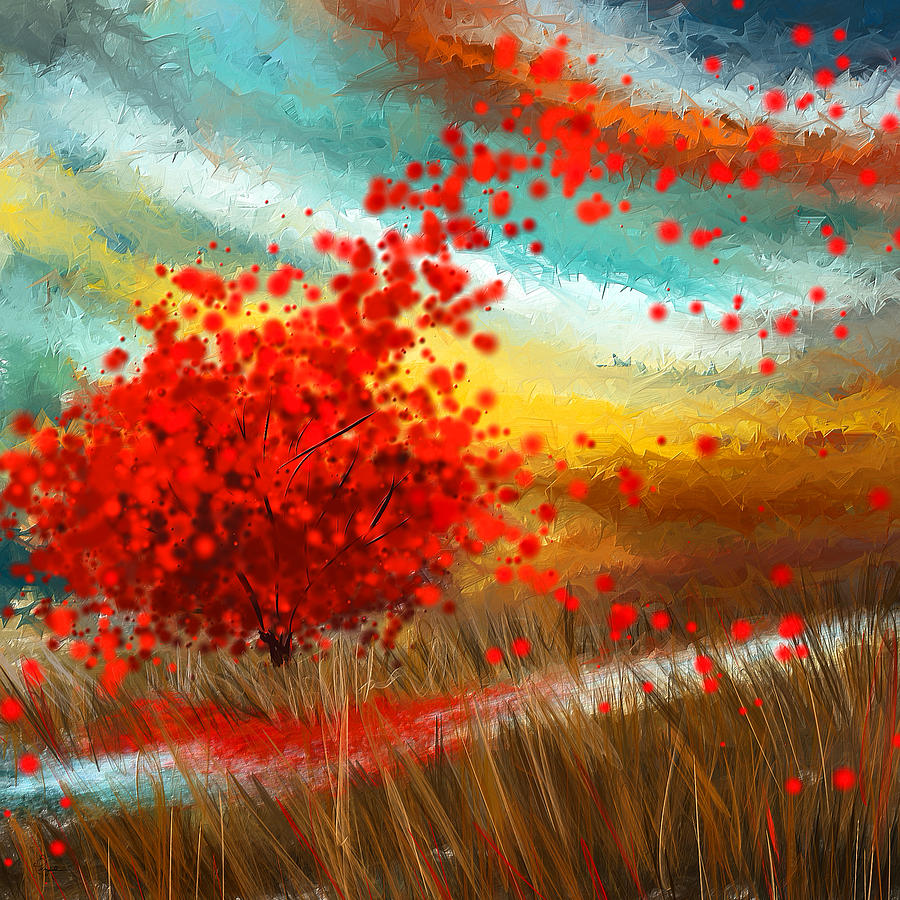

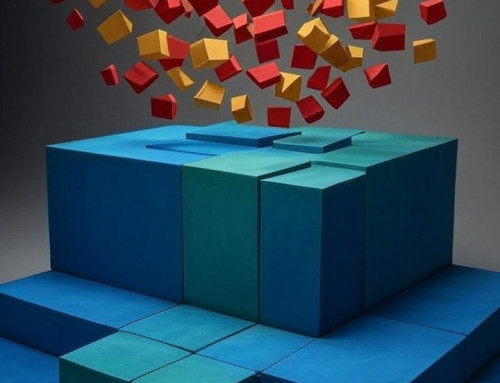
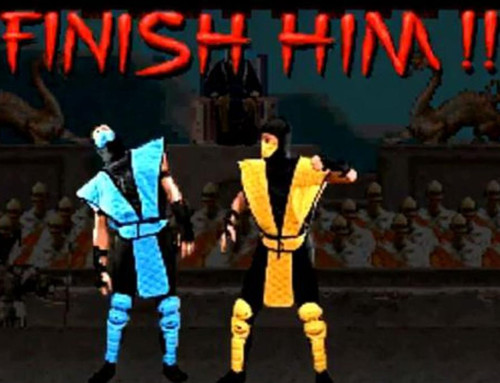
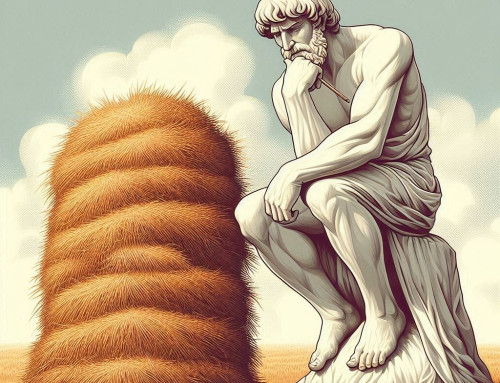
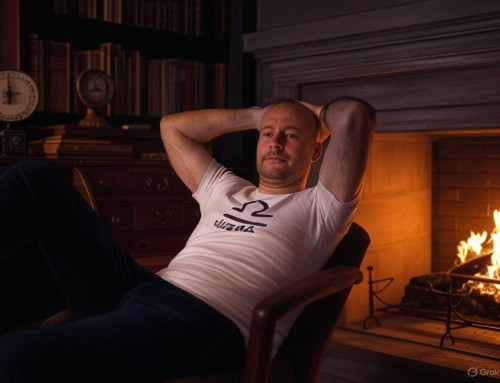
Leave A Comment